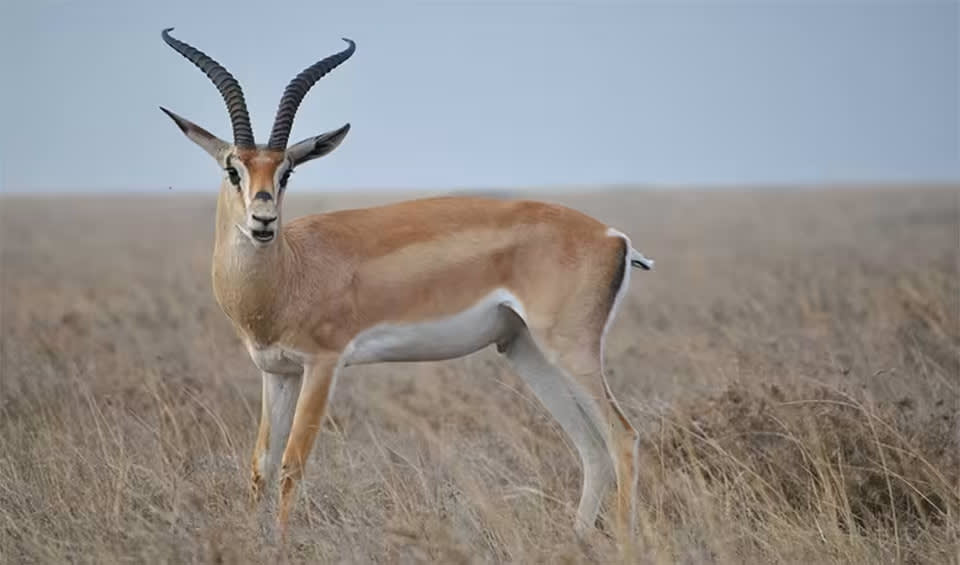Gazella – Gazelles
Gazelles don't race cheetahs – they outsmart them!
Renowned for their adaptability to some of the most challenging environments on Earth. Found primarily in the deserts and arid regions of the Middle East and North Africa, with extensions into southwestern and central Asia, gazelles have evolved a suite of adaptations that enable them to thrive in landscapes where resources are sparse and conditions are extreme.
One of the most striking characteristics of gazelles is their long, slender horns, which are present in both males and females in most species. These horns are a significant feature in mate selection, where individuals display their horns as a sign of vitality and genetic fitness, and they also play a crucial role in territorial defense. Gazelles use their horns in contests of strength and endurance to establish and maintain territories essential for mating rights and access to prime feeding grounds.
Gazelles exhibit remarkable physiological adaptations to their arid habitats. They possess an exceptionally high tolerance for heat, a critical survival trait in the sun-drenched deserts and plains they inhabit. Unlike many mammals that must find shade during the hottest parts of the day, gazelles can continue to forage and remain active, thanks to specialized body functions that regulate their temperature and minimize water loss. For instance, they can alter their body temperature to avoid overheating and employ a unique cooling mechanism through their large nasal passages, where evaporative cooling occurs.
The water conservation strategies of gazelles are particularly noteworthy. These animals can go for extended periods without direct water intake, obtaining moisture from the plants they eat and producing highly concentrated urine to minimize water loss.
The coloration of gazelle coats is visually striking and serves as an adaptation to their environments. The tan, cream, and white spots and patterns help camouflage them against the desert terrain, protecting them from predators. This cryptic coloration, combined with their exceptional speed and agility, makes gazelles adept at evading threats.
Species in this genus
Mountain gazelle
When running, they employ a playful and energetic bounding leap, which is aptly referred to as “pronking” or “stotting”
Rhim gazelle
Master of conserving energy; it will rest in the shade to avoid wasting energy and overheating
Arabian sand gazelle
Can detect distant movement across shimmering dunes—thanks to its large, high-set eyes
Goitered gazelle
The “goiter” is a male feature





